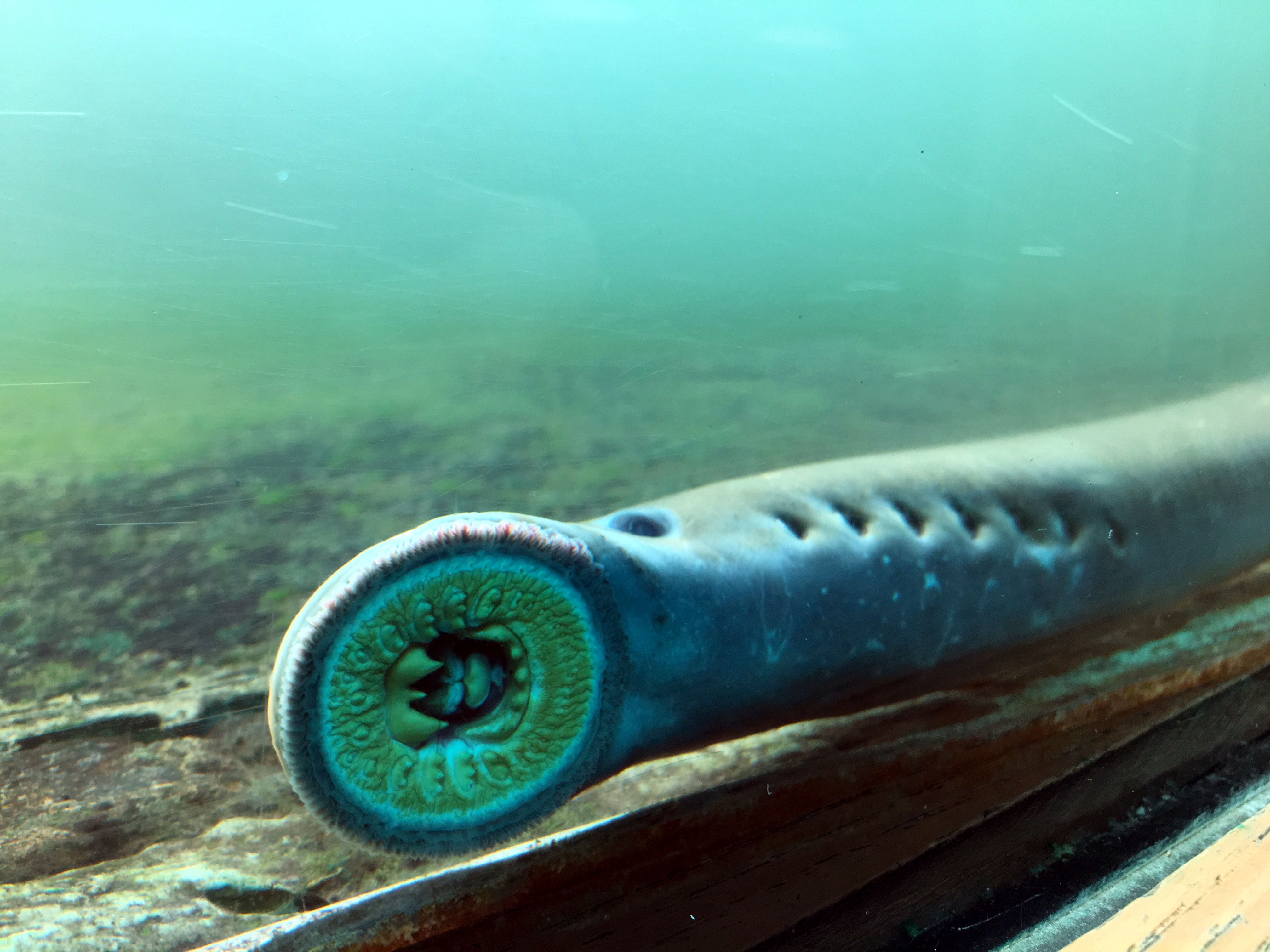Identification and Conservation of Larval Pacific Lamprey Habitat in the Columbia River Estuary

The Pacific lamprey (Entosphenus tridentatus) is an ancient species of fish whose range spans throughout the Columbia River Basin and the Pacific Coast. During the past 60 years, populations in the Columbia River have declined by 95% from their historic levels. The decline of lamprey has been concurrent with anthropogenic changes to the Columbia River Basin that altered the river’s habitat conditions. Pacific lamprey provide critical ecosystem services and serve as an important cultural resource for Treaty Tribes of the Columbia River Basin. In their larval stage, Pacific lamprey can burrow in fine sediment for up to several years and are susceptible to elevated salinity and temperature levels within the river’s ecosystems. Knowledge gaps about lamprey life stages create challenges in the identification of potentially suitable habitat and the use of restoration strategies to foster larval environments. The development of a Habitat Suitability Analysis of the Columbia River Estuary provides potential regions of suitable habitat for larval lamprey using ideal salinity and temperature criteria. Results suggest that habitat conditions in the Columbia River Estuary are unable to support larval lamprey year-round, but may provide suitable habitat on a seasonal basis due to spatial and temporal limitations. While several data-related limitations resulted in uncertainty about larval Pacific lamprey distribution, recommendations focus on knowledge gaps and refinement of the Habitat Suitability Analysis towards future efforts on conservation and restoration projects in the Columbia River Estuary.
Acknowledgements
Columbia River Inter-Tribal Fish Commission: Mike Matylewich, Fisheries Management Director; Laurie Porter, Lamprey Biologist; Charles Seaton, Coastal Margin Observation & Prediction Coordinator; Greg Silver, Lamprey Biologist
Dr. Hunter Lenihan, Professor, Bren School
Laurie Weitkamp, Research Fisheries Biologist, NOAA Fisheries Northwest Fisheries Science Center
Additional Contributors: Jen Poirier, Joe Skalicky, and Christina Wang, U.S. Fish and Wildlife Service; Keith Marcoe, Lower Columbia Estuary Partnership; Allan Whiting, Lower Columbia River Watershed Council; Ben Clemens, Oregon Department of Fish and Wildlife; John Crandall, Methow Salmon Recovery Foundation; Jim O’Connor, PhD, U.S. Geological Survey
The DiPaola Foundation